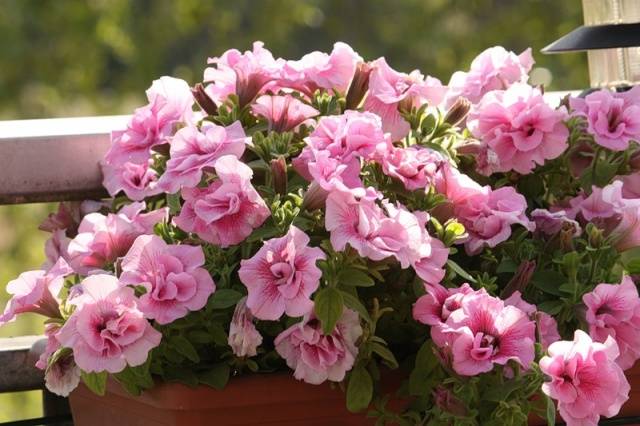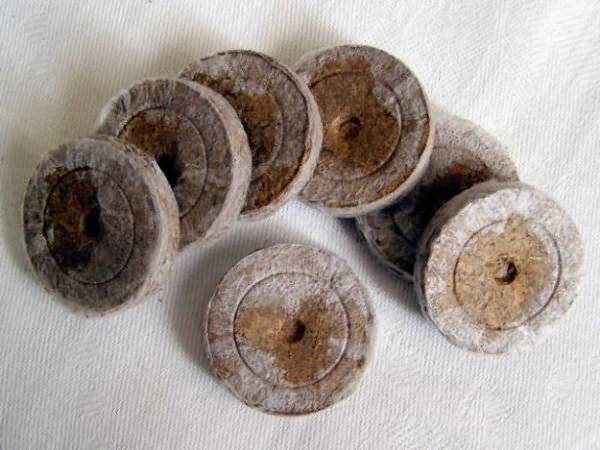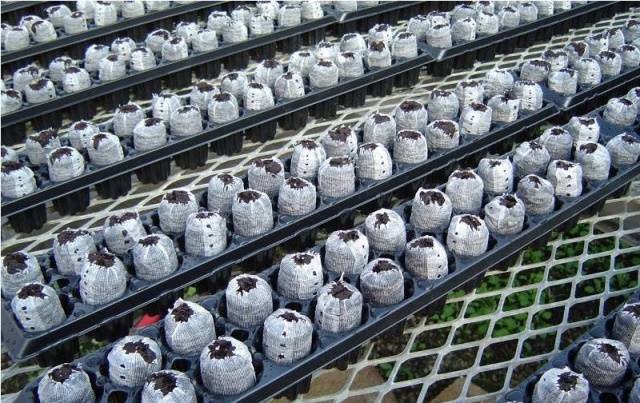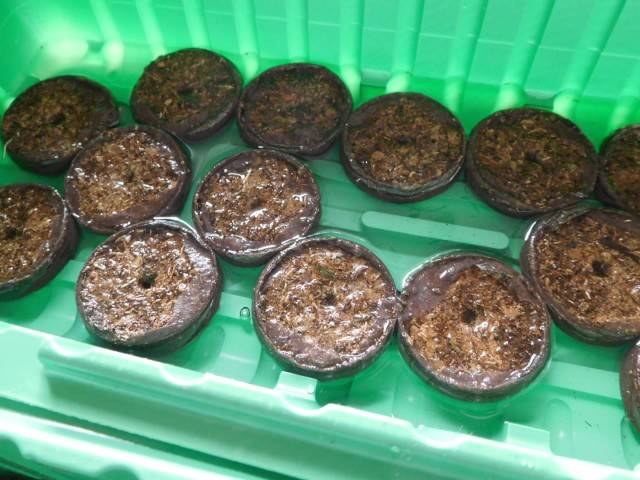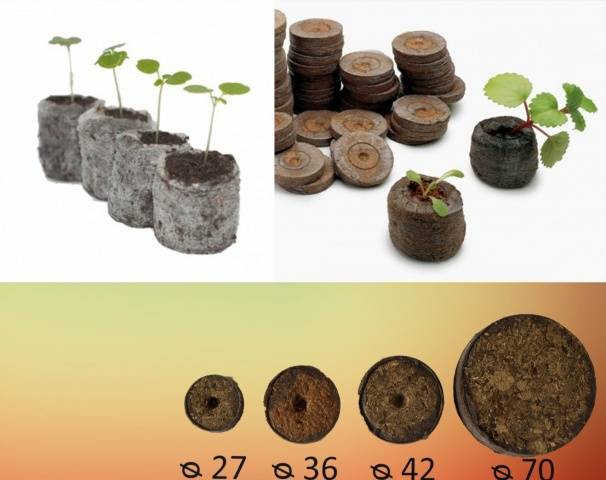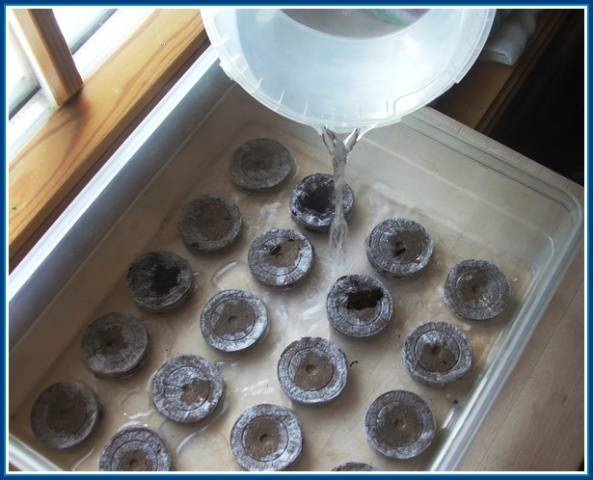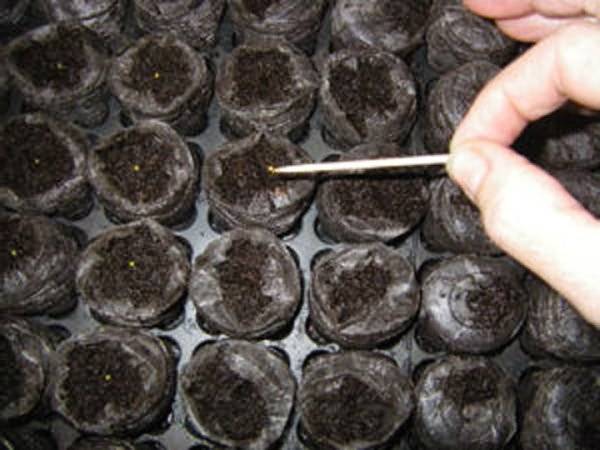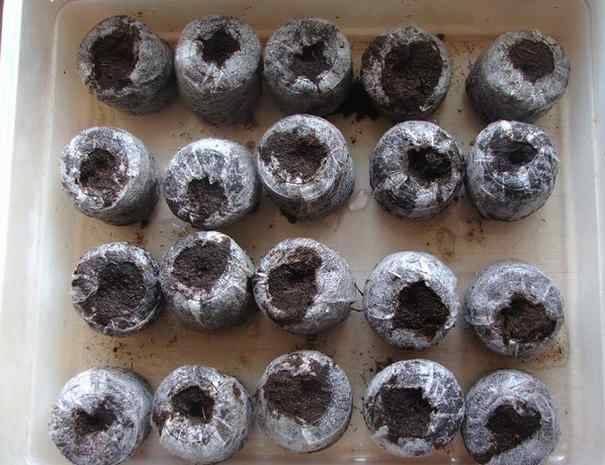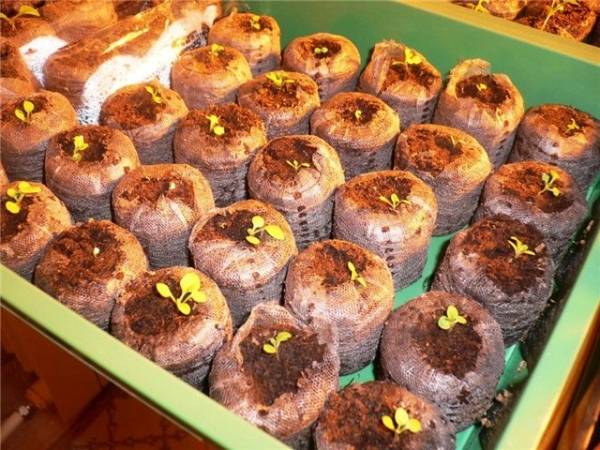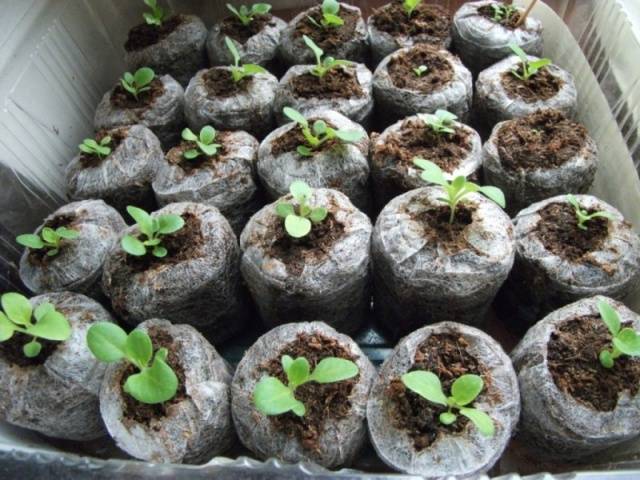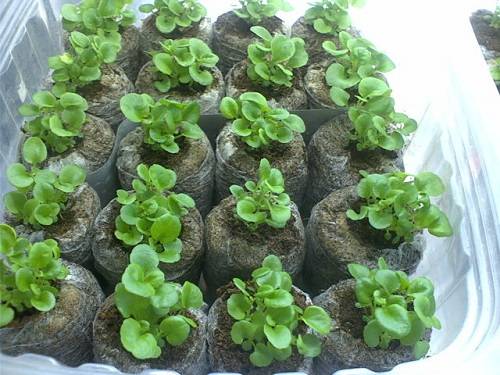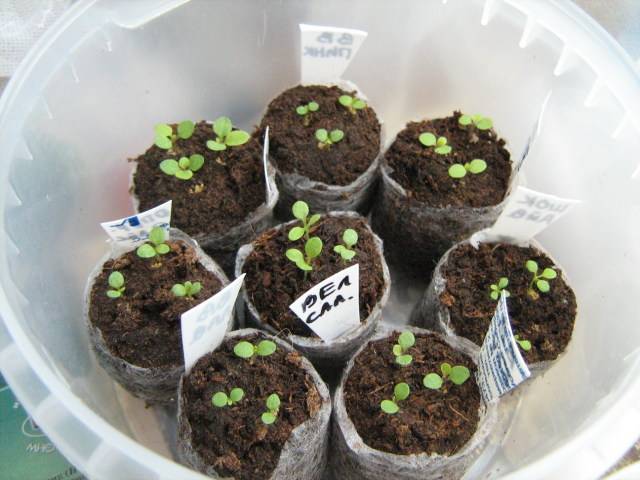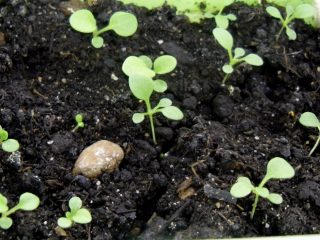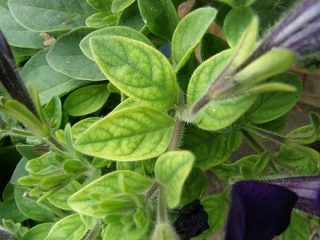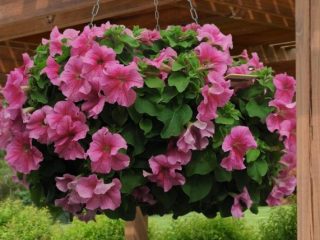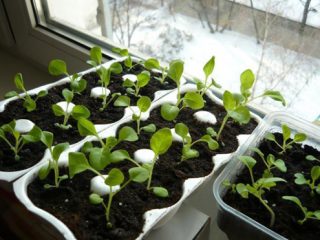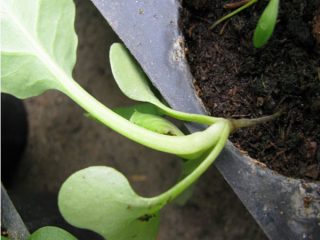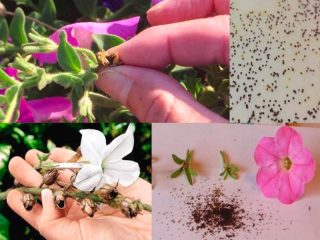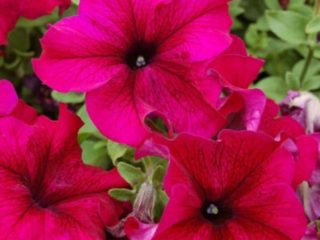Content
Petunia is a wonderful flower that is gaining popularity every year. This is mainly due to the hard work of breeders to create ever new, more attractive and, at times, completely irresistible varieties and hybrids of petunias. And most importantly, the vast majority of modern varieties are distinguished by great resilience and unpretentiousness. This is especially true for multi-flowered, lushly flowering varieties. Flowers with complex, double and edged petals are a little more capricious, but they are also of extraordinary beauty.
That is why flower growers are tempted by this beauty and cannot pass by the packets of seeds, which depict new, hitherto unseen colors and shapes of this flower, familiar to many from childhood. But growing good, strong petunia seedlings on your own is not a very easy task, even for an experienced gardener. So what should beginners do? After all, the seeds are quite expensive, so you want something to work out the first time. This is where peat tablets come to the aid of beginners and even experienced gardeners. After all growing petunia in peat tablets simplifies many procedures for caring for seedlings so much that it cannot but please even lovers of these flowers with extensive experience. They get the opportunity to easily grow many, even the most valuable and rare varieties, which are not always possible to grow with regular sowing.
Peat tablets: what are they and what are they?
Peat tablets are cylindrical disks made from several types of peat by pressing. Their contents usually contain a starter set of microelements and growth regulators to improve seed germination and provide young shoots with everything they need for the first time. Each tablet is packaged on the outside in a special cellulose mesh, which is impregnated with antibacterial substances to protect the seeds from various infections. In addition, it helps the tablet, when moistened and swollen, to maintain the shape of a barrel-shaped cup.
As is easy to understand from the above, the main advantage of peat tablets is the fact that in one person they play the role of both a planting container for the development of seedlings and a sterile, fully prepared, breathable soil, with a full set of elements that can help plants at the beginning of their life and development . This is precisely the secret of peat tablets - why it is possible to grow and preserve even the most capricious and demanding crops in them.
In addition, the tablets are very easy to use, they save a lot of time and, which is important for small apartments, they do not bring any garbage or dirt with them.Finally, an undoubted advantage of their use is the fact that seedlings can grow in them for a relatively long time - depending on the size of the tablets and the type of crop planted - up to one to two months. And no picking or transplanting is required.
At the moment when the roots begin to extend beyond the paper mesh, the seedlings are either placed directly together with the tablet in a permanent place, or placed in a larger container, covered with additional soil and grown further. There is no trauma to the root system, no stress and, as a result, no growth retardation.
The main disadvantage, significant for many, is the cost of the tablets. When growing large volumes of seedlings, using peat tablets can be very expensive. But if we are talking about valuable and rare plant species, for example, the same pelleted seeds of double varieties of petunias have a price quite comparable to the cost of a tablet, then, of course, the use of tablets for sowing petunias is more than justified, especially for beginners. Peat tablets also have one more drawback - they can dry out very quickly and easily, so when growing seedlings they should not be left unattended for a long time.
Peat tablets come in various sizes from 24 to 90 mm. Even the smallest ones (24 or 33 mm) are quite suitable for growing petunia seedlings. When choosing tablets, be sure to study all the information indicated on the package. You should not take tablets without packaging or without protective mesh; they may be cheaper, but the savings may result in a complete loss of beneficial properties. It is necessary to choose those made from low acidity peat.It happens that the tablets contain coconut fiber; in principle, they are also suitable for planting petunia seeds, they will only require even more attention and control over humidity.
Description of the process of planting petunias in peat tablets
Beginners are most concerned about the problem, but how to plant petunia into peat tablets correctly. The procedure itself is quite simple and should not cause difficulties even for beginners.
It is necessary to prepare some deep container, preferably with a lid, or without it. Transparent cake or pastry boxes are ideal. On sale you can also find ready-made kits for growing seedlings in peat tablets, which are a tray with cells the size of the tablets and a lid.
- Place the required number of peat tablets at the bottom of the container or in special cells so that the recess is on the top side.
- Gradually moisten the tablets with warm, settled water until the water covers them completely. Do not use cold or chlorinated water to moisten the tablets. Do not suddenly pour water into the tray with tablets to avoid washing out the nutrients.
- You need to wait about 20-30 minutes, the tablets should swell, increase in height by 6-8 times, the width remains almost the same.
- If there is not enough water, you need to carefully add more. After 30 minutes, when the tablets take their final shape, excess water must be drained.
- Using the moistened tip of a toothpick or match, carefully pick up the petunia seed and place it in the center of the recess on top of the peat tablet.The pelleted seeds usually hold quite easily on the tip of a wooden toothpick if it is damp.
- Coated seeds usually have a very dense shell and it is advisable to help it dissolve for accelerated and friendly seed germination. To do this, using a sprayer, or at least a pipette or syringe, lightly moisten the petunia seed using just a few drops of water. After waiting a few seconds, use the end of a toothpick to gently press it onto the surface of the peat and even lightly spread the shell over the surface. It is very important not to overdo it here; all movements should be very light. Under no circumstances should petunia seeds be covered with soil. They germinate only in the light.
- Close the container with a lid, or if you don’t have one, cover it with transparent film and secure it on top with an elastic band or string.
- Place the entire mini-greenhouse in a bright and warm place with a temperature of +20°C-+25°C. At lower temperatures, petunia seeds may not germinate at all.
That's it, planting petunia in peat tablets is complete. In the near future, all you need to do is open the greenhouse lid for a couple of minutes every day to ventilate and wipe off the condensation that accumulates on the lid. Under favorable circumstances, petunia shoots can begin to appear within 5 days. But some seeds sit longer, up to 10-15 days - this should not worry you.
Caring for petunia seedlings after emergence
An additional convenience of using peat tablets is that seedlings can be sorted by moving already sprouted plants under brighter lighting. It is only important to move them into the same trays with lids.It is advisable to light the emerging petunia shoots around the clock during the first two weeks. This will allow them not to stretch out. Another technique to avoid stretching seedlings is to slightly reduce the temperature compared to germination conditions. True, this is not really feasible for everyone, but it makes sense to try. It’s just important not to overdo it in this too.
During the first two weeks after germination, the lid from the mini-greenhouse should not be removed. Petunia seedlings only need to be ventilated daily, starting from 5-10 minutes, and every day increase the ventilation time by 20-30 minutes. After 2-3 weeks, the lid or film can be removed completely. This can be done earlier if the top of the seedlings begins to rest against it.
There is no specific watering regime for petunia seedlings when grown in peat tablets.
In the first two weeks, it is unlikely that anything will happen under the lid, but later, when the lid is completely removed, you need to check the moisture content of the tablets every day.
It’s very easy to moisten them - you just need to add a little water to the pan and after about half an hour, carefully drain the excess water. To remove water without disturbing the seedlings, it is quite convenient to use a large syringe or an enema.
Transplanting seedlings
Petunia seedlings grown in peat tablets do not need picking. For many beginning flower growers, this fact is already a big advantage.
It is better not to postpone this procedure, since the young tender roots of petunia are very sensitive and in the air they will quickly dry out and die. Which, of course, will slow down the development of seedlings and delay their flowering.
For replanting, it is necessary to prepare pots with a volume at least twice the volume of peat tablets with seedlings, and loose fertile soil. It is advisable to treat it before planting with a solution of phytosporin or gliocladin to disinfect it from any fungal infections.
A drainage layer 1-2 cm high is placed in the pot, a little soil is poured on top, then a peat tablet with seedlings is placed. Add a little earth from the sides and top, compact everything slightly and spill with a small amount of water. In the first days after transplantation, it is advisable not to place petunia seedlings in direct sunlight.
Many more experienced gardeners, in order to save tablets, plant not one, but several petunia seeds in each. In principle, this is quite acceptable, and in this case, when the time comes, the plants can also be transplanted into large containers without picking.
You just need to take into account that when the leaves grow, they will be cramped in one pot, and they will fight with each other for light. And when planting in the ground, you will have to tear apart the roots that have grown together, which, of course, will delay flowering, but can bring some savings. So the choice in this case is yours.It is only important not to overdo it and not to sow more than five plants in one small tablet.
Conclusion
As you can see, growing petunia seedlings in peat tablets is not at all difficult and will give you a lot of interesting and pleasant experiences. As a result, you are guaranteed to receive luxurious, compact and flowering petunia plants of the desired varieties. According to gardeners, the yield of healthy flowering petunia seedlings from seeds when using peat tablets reaches 98-100%.
